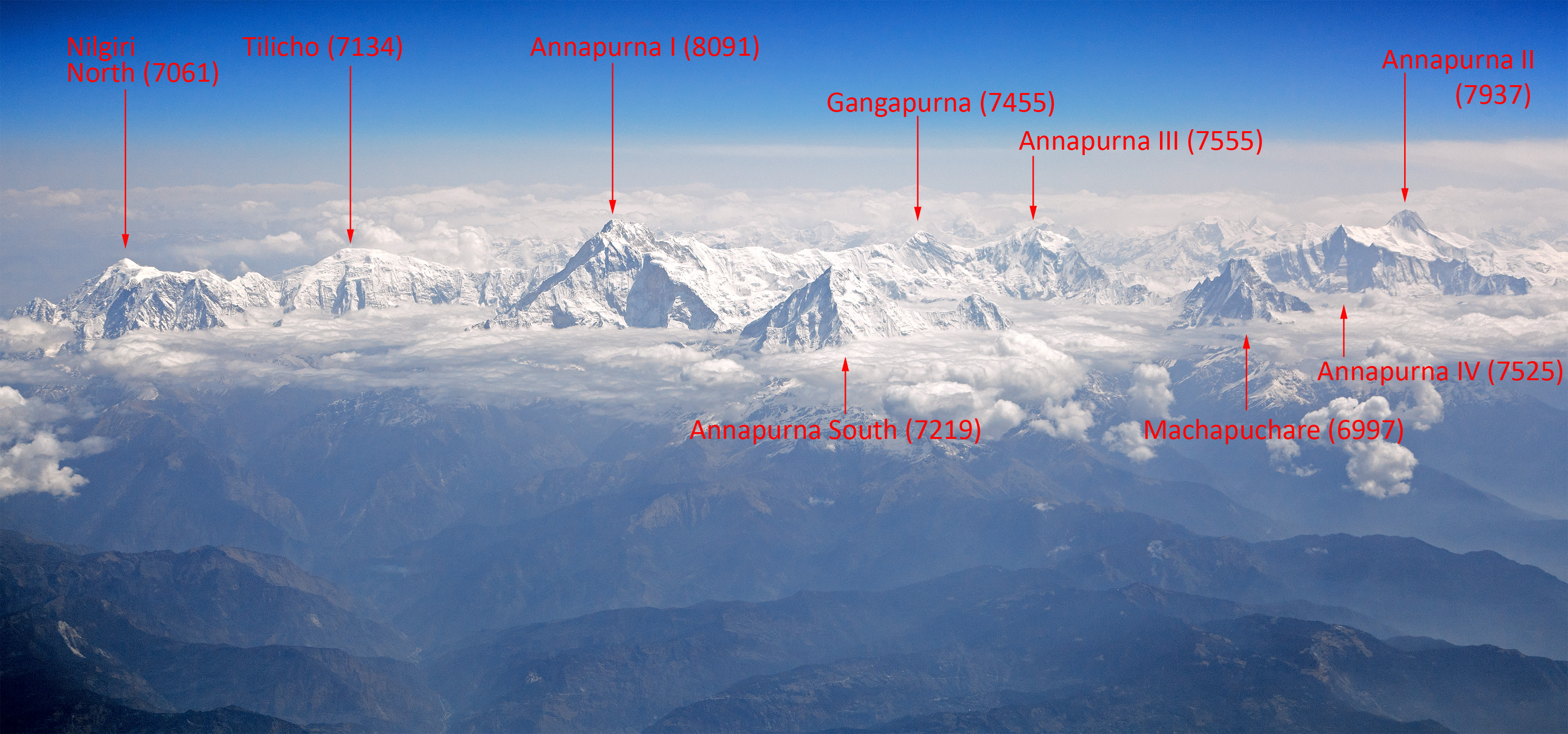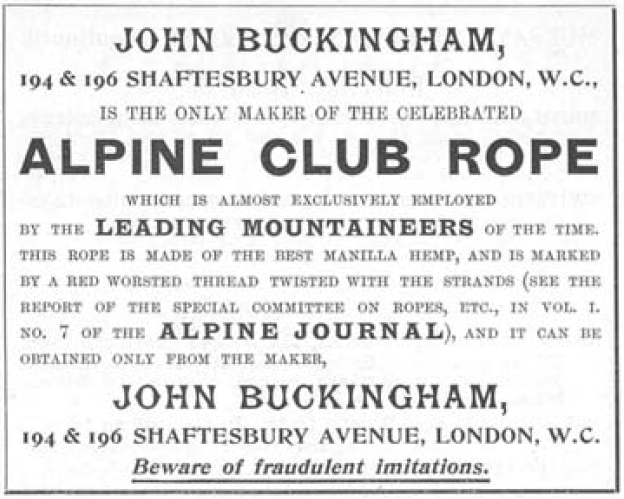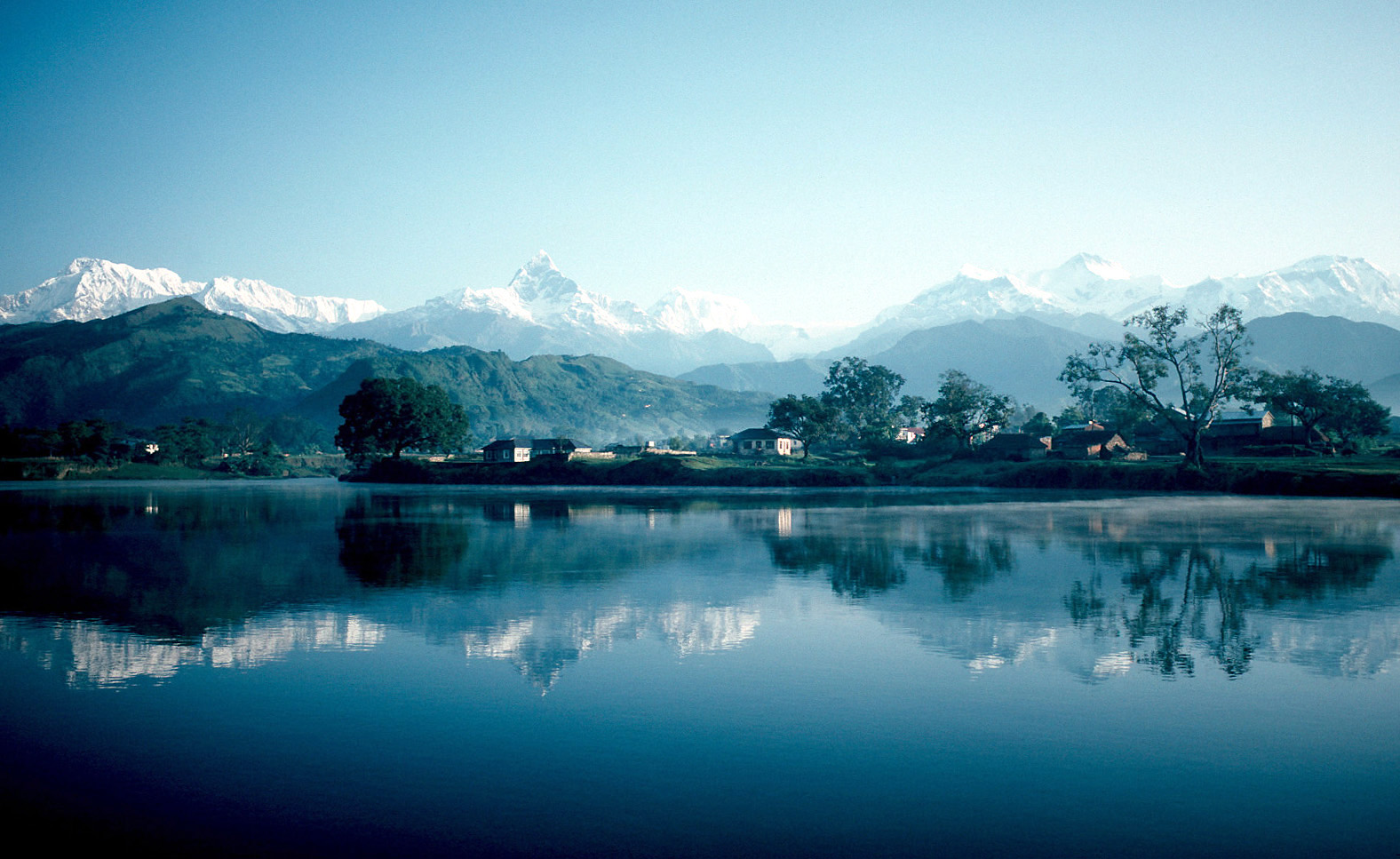|
Annapurna South
Annapurna South ( ne, अन्नपूर्ण दक्षिण) is a mountain in the Annapurna Himal range of the Himalayas located in Nepal, and the 101st-highest mountain in the world. It is the 5th highest peak of the Annapurna mountain range. It was first ascended in 1964, and is tall. The nearby mountain Hiunchuli is in fact an extension of Annapurna South. First Ascent The first ascent was achieved in 1964 by a six-person team from the Kyoto University Alpine Club. The team had originally planned an ascent of Dhaulagiri IV but upon permit application to the Government of Nepal they were informed that permission had already been given to a British team. The expedition left the Pokhara airfield with a support team of four Sherpas, 54 porters and a liaison officer on September 9. They reached the valley containing the ablation zone of the South Annapurna Glacier on September 15 where they established base camp. On September 21 Camp I was setup at upon the moraine of ... [...More Info...] [...Related Items...] OR: [Wikipedia] [Google] [Baidu] |
List Of Highest Mountains
Currently, There are at least 108 mountains on Earth with elevations of or greater above sea level. The vast majority of these mountains are located on the edge of the Indian plate, Indian and Eurasian plate, Eurasian plates in China, India, Nepal and Pakistan. The dividing line between a mountain with multiple peaks and separate mountains is not always clear (see also Highest unclimbed mountain). A popular and intuitive way to distinguish mountains from subsidiary peaks is by their height above the highest saddle connecting it to a higher summit, a measure called topographic prominence or re-ascent (the higher summit is called the "parent peak"). A common definition of a mountain is a summit with prominence. Alternatively, a relative prominence (prominence/height) is used (usually 7–8%) to reflect that in higher mountain ranges everything is on a larger scale. The table below lists the highest 100 summits with at least prominence, approximating a 7% relative prominence ... [...More Info...] [...Related Items...] OR: [Wikipedia] [Google] [Baidu] |
Annapurna
Annapurna (; ne, अन्नपूर्ण) is a mountain situated in the Annapurna mountain range of Gandaki Province, north-central Nepal. It is the tenth highest mountain in the world at above sea level and is well known for the difficulty and danger involved in its ascent. Maurice Herzog led a French expedition to its summit through the north face in 1950, making it the first eight-thousand meter peak ever successfully climbed. The entire massif and surrounding area are protected within the Annapurna Conservation Area, the first and largest conservation area in Nepal. The Annapurna Conservation Area is home to several world-class treks, including Annapurna Sanctuary and Annapurna Circuit. For decades, Annapurna I Main held the highest fatality-to-summit rate of all principal eight-thousander summits; it has, however, seen great climbing successes in recent years, with the fatality rate falling from 32% to just under 20% from 2012 to 2022. This figure places it ju ... [...More Info...] [...Related Items...] OR: [Wikipedia] [Google] [Baidu] |
Ablation Zone
Ablation zone or ''ablation area'' refers to the low-altitude area of a glacier or ice sheet below firn with a net loss in ice mass due to melting, sublimation, evaporation, ice calving, aeolian processes like blowing snow, avalanche, and any other ablation. The equilibrium line altitude (ELA) or snow line separates the ablation zone from the higher-altitude accumulation zone. The ablation zone often contains meltwater features such as supraglacial lakes, englacial streams, and subglacial lakes. Sediments dropped in the ablation zone forming small mounds or hillocks are called kames. Kame and kettle hole topography is useful in identifying an ablation zone of a glacier. The seasonally melting glacier deposits much sediment at its fringes in the ablation area. Ablation constitutes a key part of the glacier mass balance. The amount of snow and ice gained in the accumulation zone and the amount of snow and ice lost in the ablation zone determine glacier mass balance. Often mas ... [...More Info...] [...Related Items...] OR: [Wikipedia] [Google] [Baidu] |
Alpine Club (UK)
The Alpine Club was founded in London in 1857 and is the world's first mountaineering club. The primary focus of the club is to support mountaineers who climb in the Alps and the Greater Ranges of the world's mountains. History The Alpine Club was founded on 22 December 1857 by a group of British mountaineers at Ashley's Hotel in London. The original founders were active mountaineers in the Alps and instrumental in the development of alpine mountaineering during the Golden Age of Alpinism (1854–1865). E. S. Kennedy was the first chairman of the Alpine Club but the naturalist, John Ball, was the first president. Kennedy, also the first vice-president, succeeded him as president of the club from 1860 to 1863. In 1863, the club moved its headquarters to the Metropole Hotel. The Alpine Club is specifically known for having developed early mountaineering-specific gear including a new type of rope. The goal was to engineer a strong and light rope that could be carried easily ... [...More Info...] [...Related Items...] OR: [Wikipedia] [Google] [Baidu] |
Alpine Journal
The ''Alpine Journal'' (''AJ'') is an annual publication by the Alpine Club of London. It is the oldest mountaineering journal in the world. History The magazine was first published on 2 March 1863 by the publishing house of Longman in London, with Hereford Brooke George as its first editor. It was a replacement for ''Peaks, Passes, and Glaciers'', which had been issued in two series: in 1858 (with John Ball as editor), and 1862 (in two volumes, with Edward Shirley Kennedy as editor). The magazine covers all aspects of mountains and mountaineering, including expeditions, adventure, art, literature, geography, history, geology, medicine, ethics and the mountain environment, and the history of mountain exploration, from early ascents in the Alps, exploration of the Himalaya and the succession of attempts on Mount Everest, to present-day exploits. Online access Journal volumes since 1926 (bar the current issue) are freely available online. Digital scans of earlier volumes of th ... [...More Info...] [...Related Items...] OR: [Wikipedia] [Google] [Baidu] |
Annapurna IV
Annapurna IV ( ne, अन्नपूर्ण ४) is a mountain of the Annapurna mountain range in the Himalayas which is located in Nepal. Along with the taller Annapurna II, it is isolated from the other peaks in the range via a major col. It is the 4th highest peak of the range. It was first climbed in 1955 by a German expedition led by Heinz Steinmetz via the North Face and Northwest Ridge. The summit party comprised Steinmetz, Harald Biller, and Jürgen Wellenkamp. Features Despite its low prominence, Annapurna IV is an important peak relative to its immediate neighbors. The standard route of ascent for Annapurna II uses the North face of this peak to ascend to the ridge that connects the two summits, thus circumventing many of the hazards faced on that mountain. To the West, Annapurna IV drops away steeply into a major col, from which then rises the famous Southeast ridge of Annapurna III. Although subject to decades of attempts, the ridge was only successfully climbed for ... [...More Info...] [...Related Items...] OR: [Wikipedia] [Google] [Baidu] |
Annapurna III
Annapurna III ( ne, अन्नपूर्ण ३) is a mountain in the Annapurna mountain range located in Nepal, and at tall, it is the 42nd highest mountain in the world and the third highest peak of the Annapurna mountain range (Annapurna Fang is technically taller at , but lacks the prominence to be considered a fully independent peak). History It was first ascended 6 May 1961 by an Indian expedition led by Capt. Mohan Singh Kohli via the Northeast Face. The summit party comprised Mohan Kohli, Sonam Gyatso, and Sonam Girmi. A Japanese Women's expedition led by Junko Tabei succeeded in putting the first women on top on 19 May 1970. Several teams had attempted to summit Annapurna III via the southeast ridge, with all efforts prior to 2021 ending in failure. The first attempt up this ridge was in 1981 by Nick Colton and Tim Leach who reached about 1000 feet below the peak before turning around. Twice in 2010, Pete Benson, Nick Bullock and Matt Helliker unsuccessfully atte ... [...More Info...] [...Related Items...] OR: [Wikipedia] [Google] [Baidu] |
Annapurna II
Annapurna II is part of the Annapurna mountain range located in Nepal, and is the eastern anchor of the range. In terms of elevation, isolation (distance to a higher summit, namely Annapurna I East Peak, ) and prominence (), Annapurna II does not rank far behind Annapurna I Main, which serves as the western anchor. It is a fully independent peak, despite the close association with Annapurna I Main which its name implies; it is, however, closely connected to the shorter Annapurna IV. Annapurna II is the 16th highest mountain in the world and the second highest peak of the Annapurna mountain range. Features Annapurna II sits apart from the main ridge of the Annapurna Massif, along with the shorter Annapurna IV. Its summit proper lies along a steep rock ridge, relatively free of snow towards its highest point, which drops in altitude to run west to the summit of the smaller peak. The South Face is a large pyramidal wall only interrupted by the central spur, while the North Face ... [...More Info...] [...Related Items...] OR: [Wikipedia] [Google] [Baidu] |
Annapurna I Central
Annapurna I Central is a subsidiary peak of Annapurna I Main located in Nepal Nepal (; ne, नेपाल ), formerly the Federal Democratic Republic of Nepal ( ne, सङ्घीय लोकतान्त्रिक गणतन्त्र नेपाल ), is a landlocked country in South Asia. It is mai .... References Eight-thousanders of the Himalayas Mountains of the Gandaki Province {{Nepal-mountain-stub ... [...More Info...] [...Related Items...] OR: [Wikipedia] [Google] [Baidu] |
Annapurna I East
Annapurna I East is a subsidiary mountain of Annapurna I Main located in Nepal Nepal (; ne, नेपाल ), formerly the Federal Democratic Republic of Nepal ( ne, सङ्घीय लोकतान्त्रिक गणतन्त्र नेपाल ), is a landlocked country in South Asia. It is mai .... It is 8,026 meters tall. References Eight-thousanders of the Himalayas Mountains of the Gandaki Province {{Nepal-mountain-stub ... [...More Info...] [...Related Items...] OR: [Wikipedia] [Google] [Baidu] |
Base Camp
Mountaineering or alpinism, is a set of outdoor activities that involves ascending tall mountains. Mountaineering-related activities include traditional outdoor climbing, skiing, and traversing via ferratas. Indoor climbing, sport climbing, and bouldering are also considered variants of mountaineering by some. Unlike most sports, mountaineering lacks widely applied formal rules, regulations, and governance; mountaineers adhere to a large variety of techniques and philosophies when climbing mountains. Numerous local alpine clubs support mountaineers by hosting resources and social activities. A federation of alpine clubs, the International Climbing and Mountaineering Federation (UIAA), is the International Olympic Committee-recognized world organization for mountaineering and climbing. The consequences of mountaineering on the natural environment can be seen in terms of individual components of the environment (land relief, soil, vegetation, fauna, and landscape) and location/zo ... [...More Info...] [...Related Items...] OR: [Wikipedia] [Google] [Baidu] |
Pokhara
Pokhara ( ne, पोखरा, ) is a metropolis, metropolitan city in Nepal, which serves as the capital of Gandaki Province. It is the List of cities in Nepal, second most populous city of Nepal after Kathmandu, with 518,452 inhabitants living in 101,669 households in 2021 Nepal census, 2021. It is the country's largest metropolitan city in terms of area. The city also serves as the headquarters of Kaski District. Pokhara is located west of the capital, Kathmandu. The city is on the shore of Phewa Lake, and sits at an elevation of approximately 822m. The Annapurna Range, with three out of the ten highest peaks in the world—Dhaulagiri, Annapurna, Annapurna I and Manaslu—is within of the valley. Pokhara is considered the tourism capital of Nepal, being a base for trekkers undertaking the Annapurna Circuit through the Annapurna Conservation Area region of the Annapurna ranges in the Himalayas. The city is also home to many of the elite Gurkha soldiers, soldiers native to So ... [...More Info...] [...Related Items...] OR: [Wikipedia] [Google] [Baidu] |




